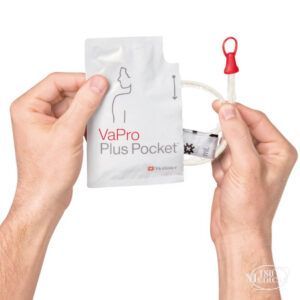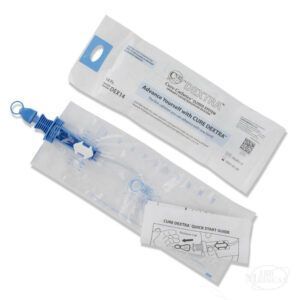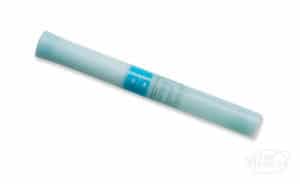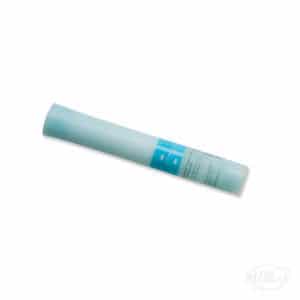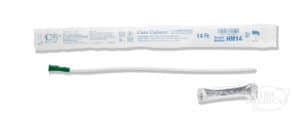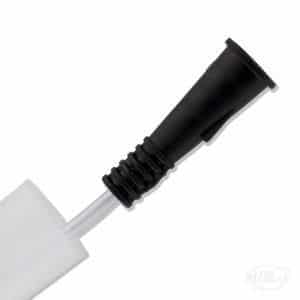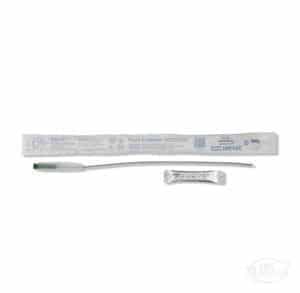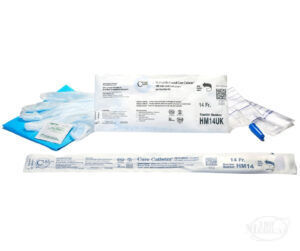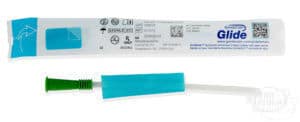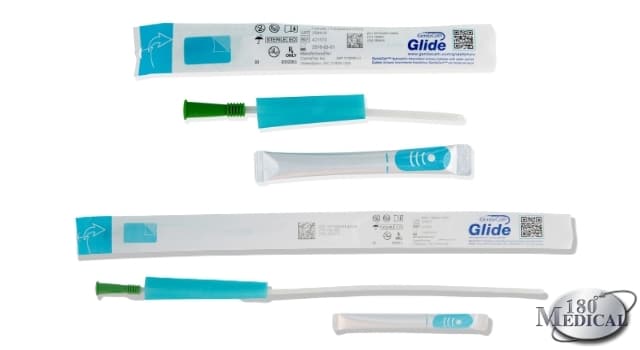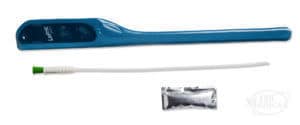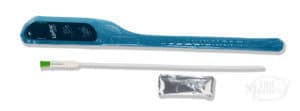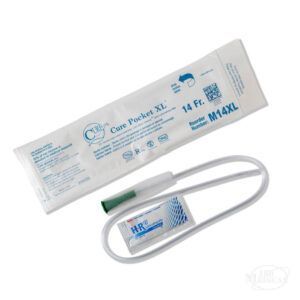
My name is Steve, Patient Advocate at 180 Medical. I’ve been quadriplegic as a result of my spinal cord injury for over 3 decades now. I understand firsthand how challenging it can be to learn to self-cath after a spinal cord injury, especially when living with limited hand dexterity. Previously, I shared some of my tips for learning to independently self-catheterize. Next, I’d like to discuss some of the best catheters for people with spinal cord injuries.
Tips for Choosing the Right Catheters After a Spinal Cord Injury
After a spinal cord injury, using intermittent catheters often becomes another part of daily life. As you begin exploring your catheter options, remember that no single type or brand of catheter works for everyone. In other words, what works for one person may not work for another.
Therefore, my first and most important tip is to try various catheters to find what works best for you. Our specialists at 180 Medical can help you explore your product options, try free catheter samples, and determine which catheter fits you best. Plus, we can verify your health insurance plan to determine your catheter insurance coverage.
Catheter Features Ideal for Those in Wheelchairs or With Limited Hand Dexterity
After over 30 years of living with my spinal cord injury, I’ve tried my fair share of catheters. Today, I know which features work best for me personally. Plus, I know which catheters work well for others in wheelchairs or living with minimal hand function.
When I think about a catheter I want to use, it should be comfortable, easy to open and hold, and ideal for limited hand dexterity. A discreet, travel-size catheter is a bonus since I frequently travel as a 180 Medical Patient Advocate. Here are a few other features you might want to look for in a catheter.
Easy to Open and Grip
Do you have limited hand or limb function? If you want to try some of the best catheters for people with a spinal cord injury, you’ll want to find a catheter with easy-to-open packaging. You might want a product that will include some simple tabs to pull, a feature that will help you grip it, or finger or thumb holes for holding and opening.
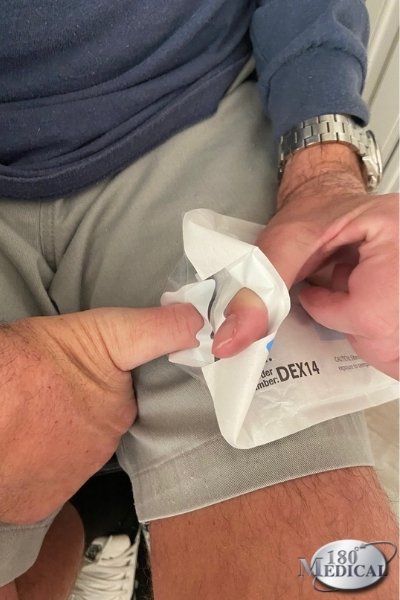
Catheter Handling Sleeve
I prefer catheters with a gripper sleeve or handling sleeve, which allows me to advance the catheter without touching it directly. This reduces the risk of contamination and may also help reduce the risk of urinary tract infections.
Hydrophilic or Pre-lubricated Catheter Options
Depending on your catheter insurance coverage, you may want to try an advanced catheter, such as a hydrophilic or a pre-lubricated closed system catheter. Personally, I find these easier to use, so I don’t have to fumble with trying to apply lubricant gel every time I have to cath.
If you’re in a wheelchair, closed system catheters are a great option. They’re more sterile and may help limit the risk of urinary tract infections. Plus, these are all-in-one systems so you can directly cath from your wheelchair into a collection bag, which you can empty into the toilet.
Extra-Long Catheter Tube or Extension Tube
If closed system catheters aren’t an option based on your insurance coverage, you might consider using an extra-long straight catheter, such as the Cure XL Catheter. These are long enough to cath from your chair and directly drain urine into the toilet.
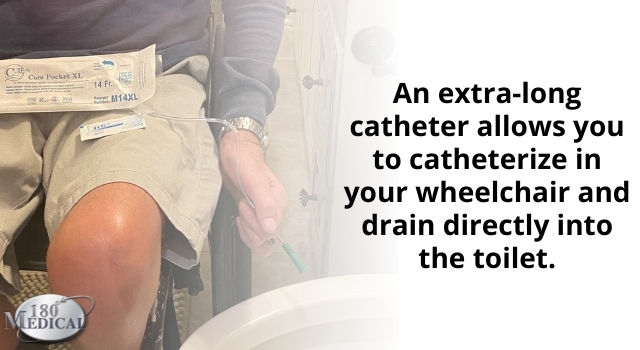
On the other hand, you may prefer using an uncoated straight catheter or a hydrophilic catheter with an added extension tube, which can basically do the same thing. There are several different options of catheter extension tubes out there, but I find Cure Medical Extension Tubes work great for me. This is because they’re easier to secure into the funnel end of the catheter, even with limited hand dexterity.
Travel Catheters and Compact Catheters
If you frequently travel like me, and you’re in a wheelchair, you may want a catheter that’s both functional and discreet. I cath from my wheelchair and use closed system catheters when I’m at public venues or sporting events because public bathrooms tend to be unclean.
Plus, believe it or not, I’ve cathed on an airplane before. Here’s a helpful travel tip. Ask the gate agent at your airline to see if they can block the seats next to you if it’s not a full flight. More often than not, they’re willing to accommodate your request.
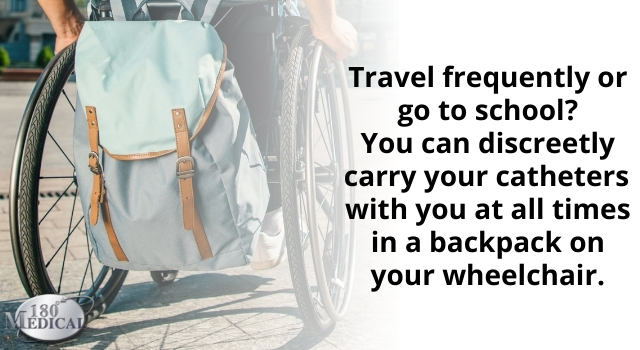
Best Catheters for Spinal Cord Injury / Limited Hand Dexterity
As I list some of my top choices of catheters for people with a spinal cord injury, please keep in mind that there’s no single brand or type of catheter that’s going to work for everyone across the board. What works for me may not work well for you. Again, that’s why it’s important to try out a few different options of catheter samples from various brands and types. A little trial and error should help you find what works best for you personally.
That being said, here are a few of my personal favorites, as well as a few other catheters that are popular among people with spinal cord injuries.
Closed System Catheters
Hollister VaPro Plus Pocket™ Catheter
I’ve found that the Hollister VaPro Plus Pocket™ Catheter is a great option. It feels mostly easy to use even when you have limited hand dexterity. Plus, it’s compact and discreet as a pocket catheter option.
- Easy to open
- Easy and hygienic insertion
- Features a protective sleeve and pre-lubricated introducer tip to minimize contamination
- Compact, discreet design (easy to conceal)
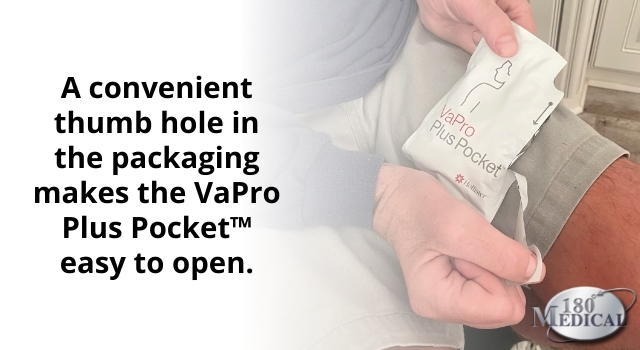
Cons:
- Some people may find the sleeve over the bag difficult to remove
- It may be challenging to unfold the collection bag independently, depending on your level of spinal cord injury
Cure Dextra™ Closed System Catheter
The new Cure Dextra™ Closed System Catheter was made for catheter users with limited hand function. It features large finger holes in the packaging and collection bag, which makes it easier to handle and open. Plus, it features a Gripper Arrow on the package, which helps you advance the catheter without retraction.
Also, Cure manufactures their catheters without DEHP, natural rubber latex, or BPA.
Pros:
- Easy to open and hold with large finger holes
- Support Band gives you the ability to grip the catheter without using both hands
- Designed with limited dexterity users in mind
- New catheter advancement technology: move the arrow back and forth with a thumb or the palm of your hand to advance the catheter
- The catheter tube does not retract like most closed systems
- It has an easy tear-off loop for emptying
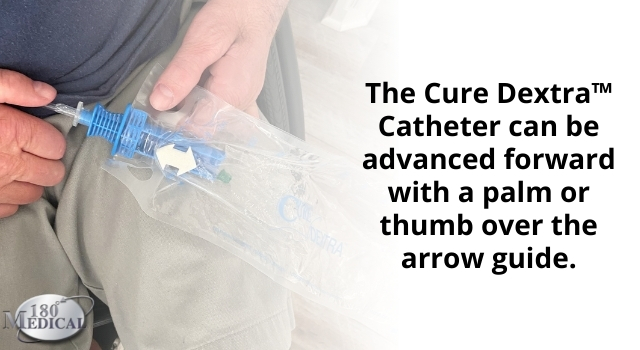
Cons:
- Depending on how discreet you want your catheter package, the Cure Dextra is not a pocket-size option
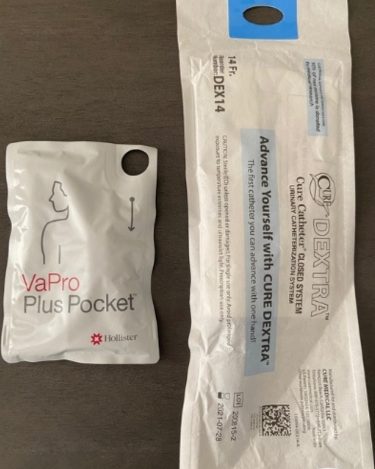
Coloplast SpeediCath® Compact Set
The Coloplast SpeediCath® Compact Catheter Sets are all-in-one catheter and bag sets. They are available in male and female lengths. Plus, the SpeediCath® Compact Set for men features a unique telescopic design that fits needs between 12 Fr and 18 Fr.
Pros:
- Cool-looking compact design that looks a bit like a travel toothbrush case
- Easy and comfortable to insert
- Ready to use, thanks to its pre-activated hydrophilic coating
- Can insert by holding where the bag connects to the catheter (never have to directly touch the catheter tube itself)
- Award-winning design
Cons:
- It may be harder to open for some with limited dexterity
- Rigid catheter tube
- No protective introducer tip
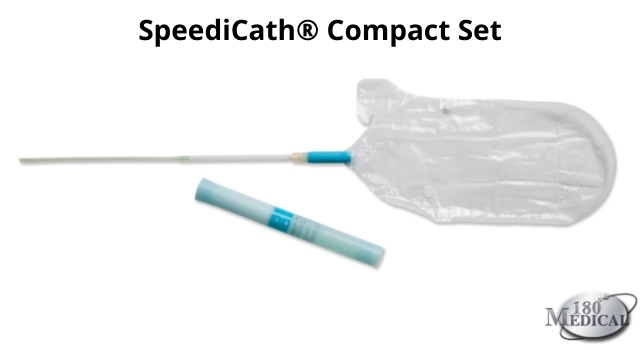
Straight and Hydrophilic Catheters
Cure Hydrophilic Catheter
If you’d like an easy-to-use hydrophilic catheter, you might consider Cure’s hydrophilic catheters, which are available in pediatric and male lengths.
Plus, it’s available with a tapered coudé catheter tip and an option with an included kit of insertion supplies.
Pros:
- Easy to open
- Quality packaging that opens from both ends
- Evenly coated hydrophilic
- Gripper sleeve
- Easy to fold for discretion
- Flexible funnel that’s easy to attach to an extension tube
Cons:
- Need to pop water packet to activate the hydrophilic coating
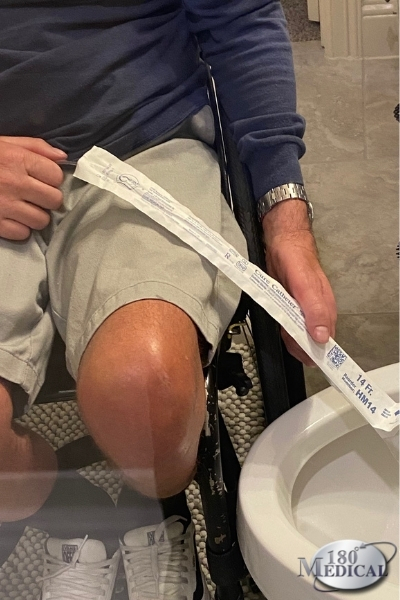
GentleCath™ Glide Catheters
Some hydrophilic catheters can leave behind residual mess or dry up and get sticky. ConvaTec GentleCath™ Glide catheters provide an answer to these common issues. They feature FeelClean Technology™, which provides a faster, cleaner, and more comfortable cathing experience.
Pros:
- New hydrophilic FeelClean Technology™ reduces mess and stays lubricated during catheterization
- Can open the package from both ends
- A flexible funnel makes it easy to attach an extension tube
- Long, narrow drainage eyelets, which may help minimize urethral trauma
- Instant activation after popping the water packet; no waiting
Cons:
LoFric® Origo™ Hydrophilic Catheters
LoFric® Origo™ hydrophilic catheters come with either a straight insertion tip or a coudé catheter tip. The Origo™ catheter’s package is easy to fold, which makes it a nice pocket catheter option. Plus, it has an adjustable insertion grip sleeve that’s great for gripping and controlling the catheter without touching the tube.
Pros:
- Easy to open
- Easy to attach an extension tube to its funnel
- Nice design with insertion grip sleeve to reduce hand contamination
- Urotonic™ Surface Technology minimizes friction during catheterization
- Package doubles as a discreet disposal pouch after you’re done cathing
Cons:
- Must pop water packet
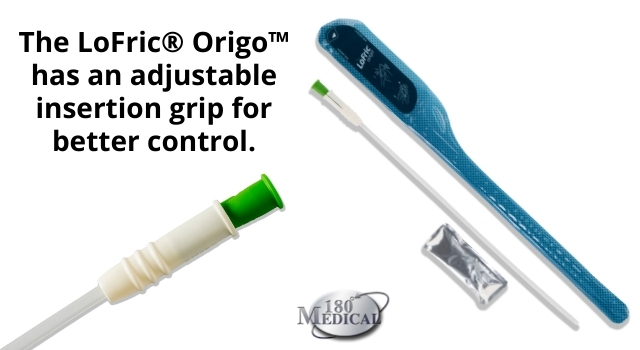
Cure Pocket XL Extra-Long Catheters
Lastly, the Cure Pocket XL Catheter is an extra-long catheter option. It may be ideal for people who want a straight, uncoated catheter and prefer to cath without transferring from their wheelchair.
Pros:
- Compact pocket-size package
- No extension tube required
- Can open the package from both ends
- Polished drainage eyelets
Cons:
- Requires lubricating jelly, although Cure includes a sterile packet of lubricant in each Cure Pocket XL package
- It may be more difficult to insert if you have very limited hand dexterity
Where to Get Catheter Supplies Through Insurance
Now that you know a few of the top catheter supplies for people with spinal cord injuries, you may be wondering where to get them. 180 Medical has specialized in catheter supplies since the very beginning when Todd Brown founded our company after he sustained a spinal cord injury in a motocross accident. That means our trained specialists have years of experience helping our customers find the right catheter for their needs.
We carry all of the major manufacturers and catheter brands. Additionally, we emphasize the importance of customer choice because we believe you should be free to find what works best for you based on your prescription and insurance coverage.
We’re ready to help you customize an order that works best for you. Contact our specialists today!
